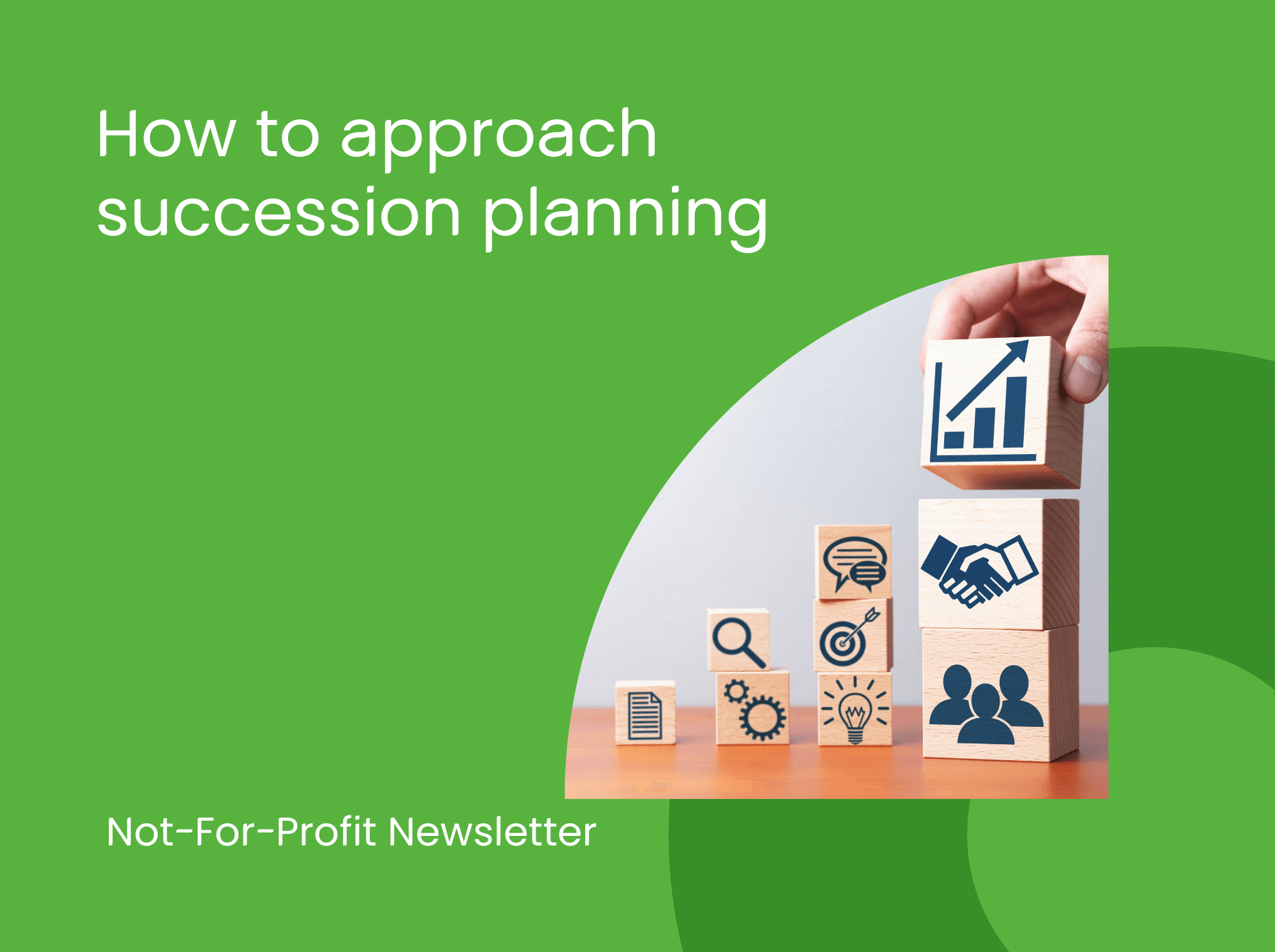Your not-for-profit’s website is — or should be — more than a component of your marketing plan. It’s the face of your organization and represents who you are to supporters, clients, the media and the general public. But even if you’ve updated and redesigned your site several times since it originally went live, it may not serve the basic goal of communicating your mission — let alone enable donations and drive traffic to your social media pages.
Maximize Your Space
To make the most of your corner of the Web, consider including these eight features:
1. “About us” page
This section should include your mission statement and a brief history of your organization. Point out the pertinent milestones and describe the community you serve. The longer your organization has existed, the more you’ll have to cover, but try to keep your narrative brief. Finally, don’t only summarize where you’ve been, but also where you’re going.
2. Donation button
This is the primary destination for many visitors who already are familiar with your cause and mission. Make it as easy as possible for visitors to find this feature — which for most sites means placing a prominent “donate now” button on your home page above the fold and in the menu that appears on every page.
3. Social media links
Links to your social media accounts should also be prominently featured on your home page. Some visitors will stop at your site simply to find these links. Consider installing newsfeeds for such social platforms as Twitter and Facebook on your site. They can help drive traffic to your social media pages and encourage supporters to follow you, leading to long-term engagement and financial support.
4. Photos and other visuals
Your site is a visual tool, so treat it like one. Photos of fundraising events, staffers with clients, volunteers at work and other compelling images can help make your nonprofit’s story come alive. Photos are particularly effective when used to break up news stories, reports and other text-heavy content. Also, the Web is full of royalty-free photos and illustrations that nonprofits can use for free. Just ensure you are allowed to use an image and have properly credited its creator.
5. Newsletter sign-up
Don’t waste an opportunity to add subscribers to your newsletter’s base. How do you get site visitors to sign up? Although a “subscribe now” button shouldn’t overshadow your donation button, place it prominently on your site’s menu. Make sure the sign-up form is simple — perhaps only requiring an email address.
6. Testimonials
When it comes to donating money, people often rely on the opinions of others. If they don’t already know someone who supports your nonprofit, they can be swayed by enthusiastic third-party testimonials. Don’t limit testimonials to donors, although it certainly doesn’t hurt to have celebrities and other high-profile donors attest to your organization’s good works. Words of appreciation from those you’ve assisted can also be powerful.
7. Blogs
A blog on your site is another way to engage supporters. If it’s updated frequently, it can help drive traffic to your site because search engines favor sites with fresh content and rank them higher than infrequently updated sites.
It’s important you don’t confuse a blog with a newsletter. Instead of facts and promotional content, your blog should have personality and a point of view. It needs to provide opinions and context about issues related to your nonprofit’s mission and its community. To promote discussion and encourage return visits, you may want to open posts to comments.
8. Call to action
Calls to action should appear throughout your site with the goal of converting site visitors to donors, volunteers, subscribers and attendees. For example, blog posts might end with a “contact us to get more involved” link to an email address. You could caption event photos with, “Join us at our next fundraiser,” with a link to registration information about your upcoming gala. And, of course, include a “donate now” link whenever it seems appropriate.
At the same time, remember that some of your visitors are people who need your services. Provide them with a simple way to contact you for help. Other visitors could include potential employees who want to know how to submit a job application. And don’t forget to include a media section with press releases and other easy-to-access factual information about your nonprofit.
When to Go with a Pro
If you don’t have someone on staff who can ensure that your site is fully functional, easy to navigate and engaging, consider hiring a professional design service. Volunteers often create and update nonprofit sites, but they aren’t always capable of running the back end, especially as a site expands. And volunteers may not be available to perform updates when you need them.
Copyright©2021



